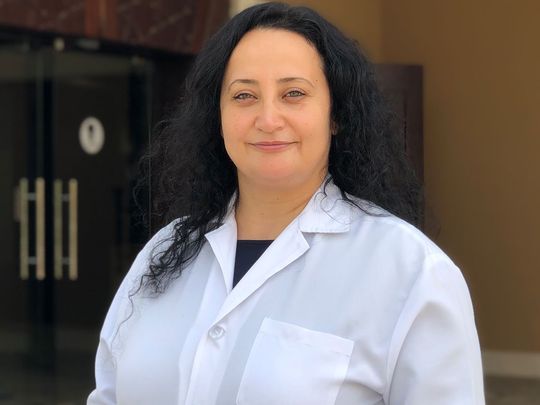
Breast cancer is considered one of the leading causes of cancer-related deaths among women. It remains a critical public health issue, with about 2.3 million women diagnosed worldwide in 2020 (World Health Organisation, 2021). Early detection through screening increases survival rates, as the five-year survival rate for patients with localised breast cancer is 99 percent (according to the ASCO guidelines, 2023). On the other hand, patients with advanced breast cancer experience a marked decrease in survival rates.
Risk factor of breast cancer?
Breast cancer risk increases with female sex, advancing age (especially over 55), a strong family history, or known genetic mutations such as BRCA1 or BRCA2.
A personal history of breast cancer also elevates the risk. Hormonal factors, such as early onset of menstruation (before age 12) or late menopause (after age 55), increase exposure to estrogen and thereby the risk. Long-term use of combined estrogen and progesterone therapy after menopause can raise the risk. Additionally, women who have their first child after age 30 or who do not have children may face a higher risk, as well as those who do not breastfeed.
We are also seeing breast cancer cases in younger women, suggesting that other risk factors may be contributing. These include alcohol consumption, obesity, a sedentary lifestyle, and being overweight.
Whom we screen?
The American College of Obstetricians and Gynecologists (ACOG, 2021) recommends that women at average risk begin annual mammograms at age 40. Women with a family history of breast cancer or genetic predispositions may need to start screening earlier.
Type of screening:
Breast Self-Examination (BSE): This is considered the safest and easiest screening method. A woman can perform it herself monthly, on the fifth day after her menstruation, to become familiar with her body and identify any abnormalities.
Clinical breast exam: Performed by a doctor.
Mammograms: The primary screening tool for breast cancer. Research indicates that regular mammography can reduce breast cancer mortality by 20-30 percent among women aged 40 to 74 (Nelson et al., 2016). Digital mammography and 3D mammography (tomosynthesis) offer enhanced visualisation of breast tissue.
Other modalities: MRI can be considered for women at high risk.
Are we facing any difficulties?
Several barriers might prevent effective screening. These include patients’ lack of information about the benefits of screening, social stigmas (such as the shame associated with being diagnosed with breast cancer), and the fear of the disease itself. Cultural customs in some communities can also influence a patient’s decision to seek screening. Additionally, some patients lack access to screening programs due to healthcare access or financial issues.
The UAE has implemented various screening programs to increase awareness and participation in mammography. The Ministry of Health and Prevention has introduced initiatives like the ‘Pink Caravan,’ a campaign promoting free breast cancer screenings and education across the country. However, participation rates in screening programs remain below optimal levels, partly due to cultural factors and a lack of awareness.
Breast cancer is not just a diagnosis; it’s an unwelcome intrusion into the lives of millions, affecting not only the body but also the very essence of who we are. Early detection of breast cancer can increase survival rates, lead to less aggressive treatments, and provide more treatment options. Therefore, we encourage all our patients to get screened.






